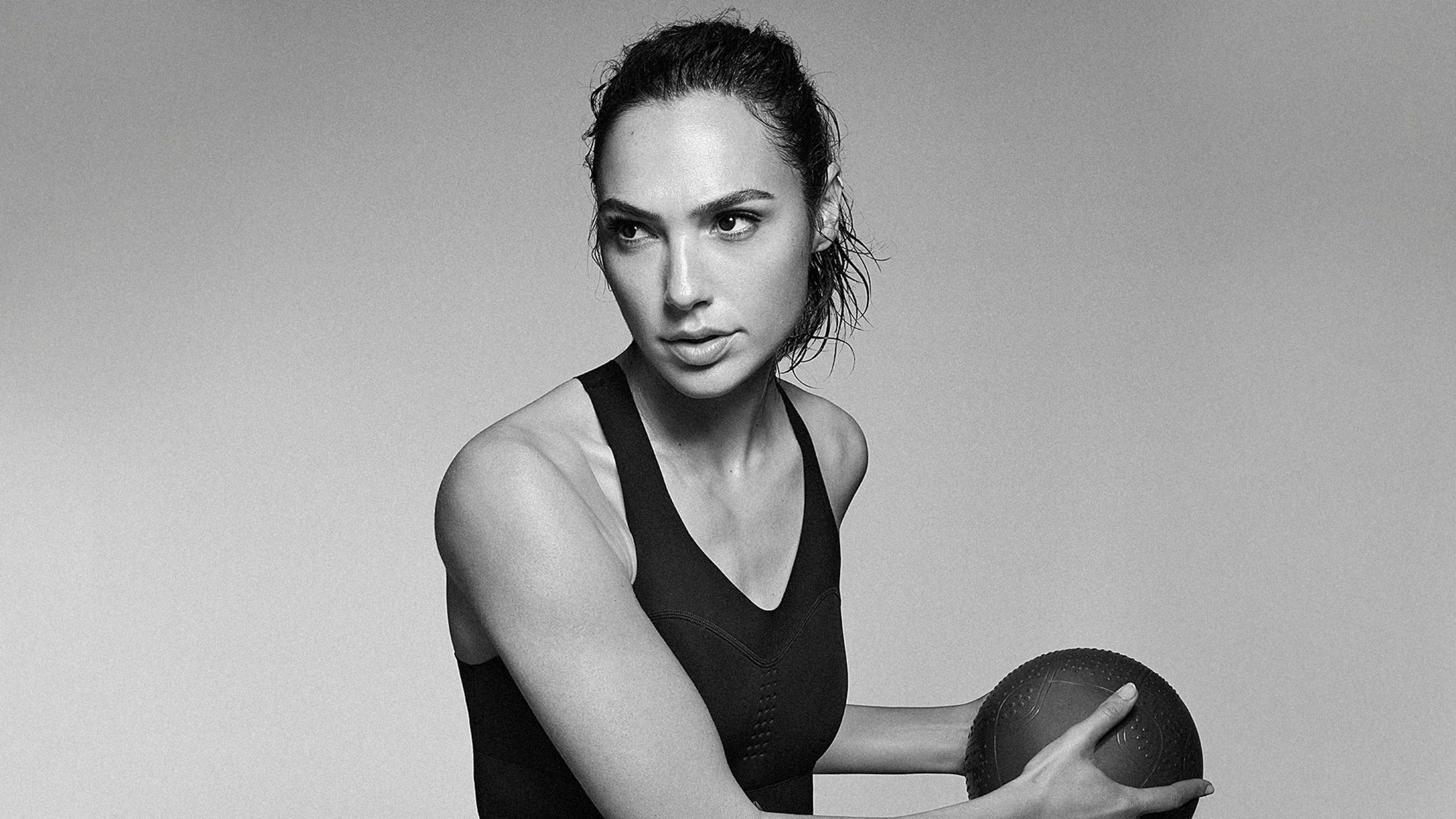Sports bras are a complicated beast. We need them to provide the exact right amount of compression for the activity we’re doing: super tight when we’re running, looser when we’re doing yoga, and totally relaxed when we stroll to the farmer’s market as our workout for the day. But since there isn’t a single bra that can accomplish all of these things, we’re often faced with the awkward situation of leaving the gym in a tight-fitting bra, only to feel suffocated while trying to pick up milk from the grocery store afterward.
While the activewear industry floods the market with hundreds of different sports bras every season, research shows that most female consumers are unsatisfied with their sports bra options, and 1 in 5 women avoid exercise altogether because they don’t have a sports bra that fits them properly.
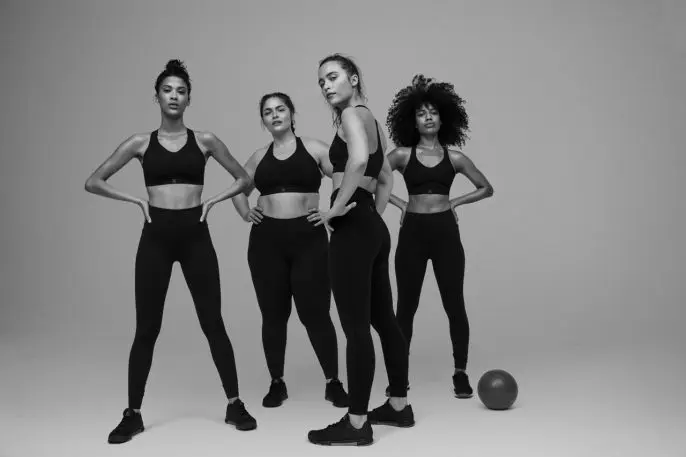
Reebok wants to make that experience a thing of the past. Today, it launches a new bra, the PureMove, that adapts to your movements, tightening up when you’re moving fast and relaxing when you’re not. It deploys a radical new technology that has the potential to change not just what consumers expect from sports bras, but from the entire activewear industry.
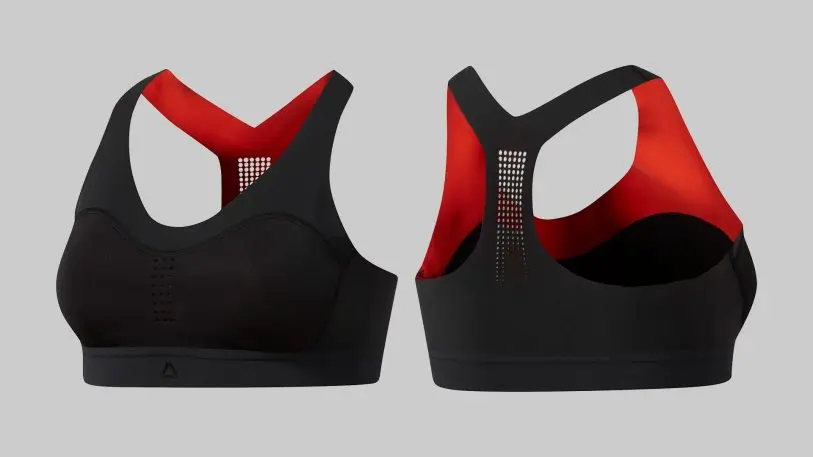
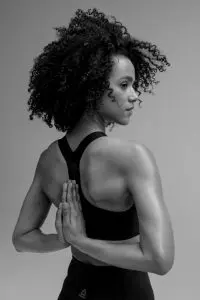
When I visited Reebok’s Boston headquarters, Witek handed me a jar of the fluid with a stick in it. When I moved the stick quickly, it seemed to turn into a solid, and when I moved it slowly, it had the texture of honey. Witek and the scientists have incorporated this fluid into a fabric that Reebok dubs “Motion Sense Technology.” The fluid is woven into the textile, so that on the surface, it looks and feels like the synthetic material you might find in any sports bra. But what you can’t see is that the fabric adapts to the body’s shape, the velocity of the breast tissue in motion, and the type and force of movement. It stretches less with high-impact movements and then stretches more during rest and lower intensity activities.
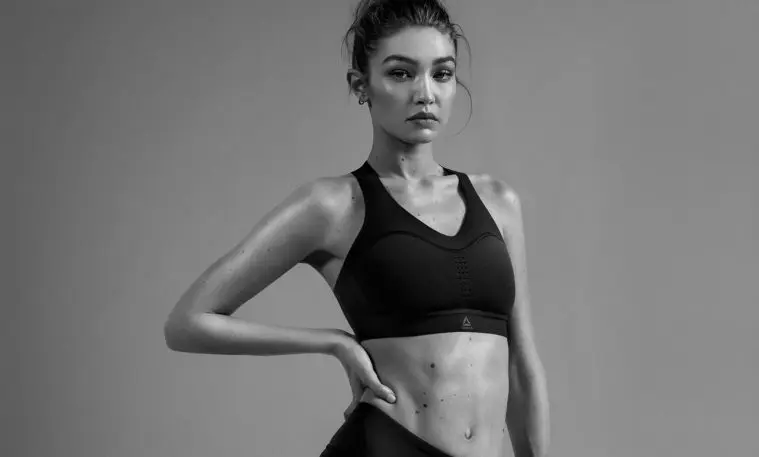
I tested an early version of the PureMove bra a few months ago, before it had even gone into production. I did a high-intensity workout that involved doing jumping jacks and sprints, followed by a cool-down session. The best thing about the bra was that I didn’t notice it at all. I didn’t feel stifled when I was just strolling around the gym, and I didn’t feel like I was unsupported when I was running around. Ultimately, the best bras are the ones that you don’t have to think about so you can focus on getting on with your life.
Since this technology is so new, Reebok had to do a lot of testing to make sure the bra would actually do what it advertised. The company set up a breast biomechanics testing center with the help of the University of Delaware, with 54 separate motion sensors tracking and measuring various parts of a tester’s chest area. This is a far more rigorous approach than most testing facilities in the industry that typically only use between two to four sensors. Over the course of a year, the facility gathered the data required for the scientists and Reebok product designers to develop the PureMove bra.
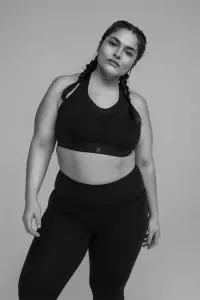
Reebok will be watching closely to see how consumers respond to this new technology. If it’s well-received, the logical next step would be to incorporate the Motion Sense Technology into other products, like running tights or swimsuits, since transitioning between compression and looseness is something that we want in all of our sportswear. “For a designer, discovering this material is so exciting because it unlocks so many possibilities,” Witek says. “We can now look at every single garment we make and think about how we can add another layer of adaptability to it.”
Recognize your brand’s excellence by applying to this year’s Brands That Matter Awards before the early-rate deadline, May 3.
